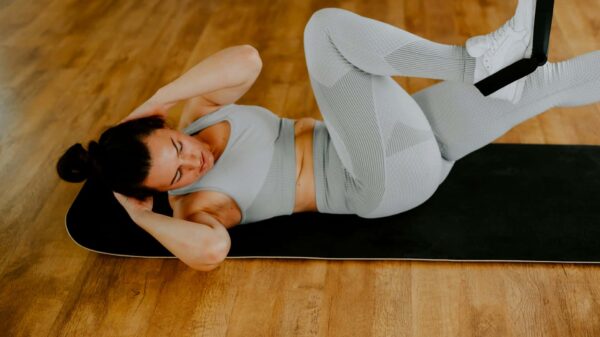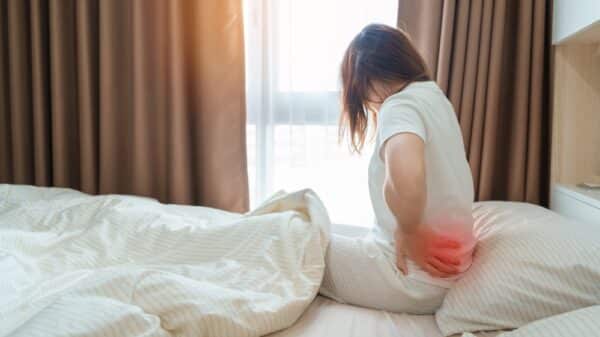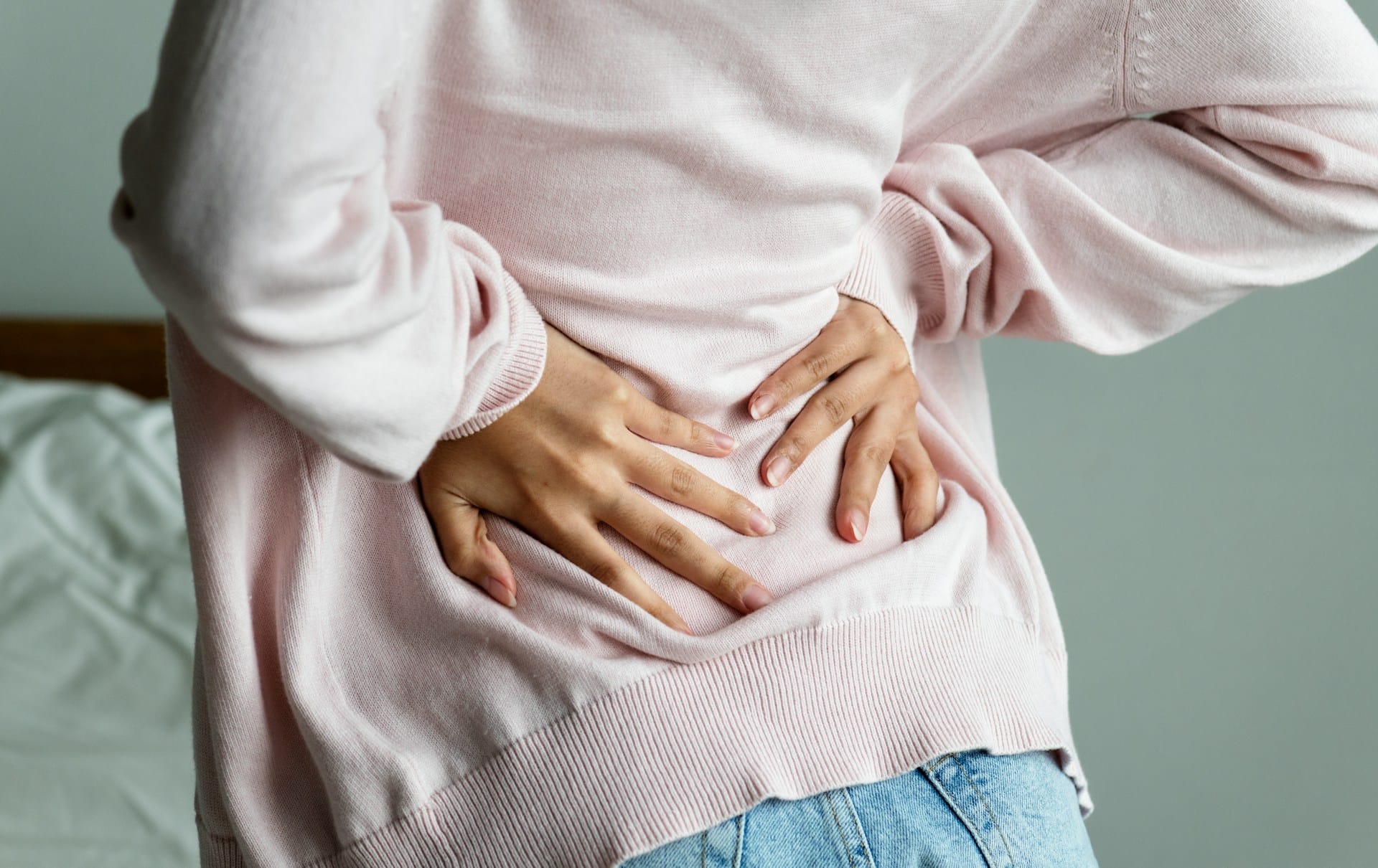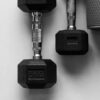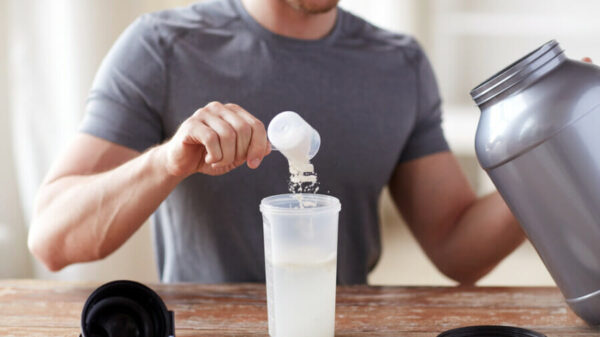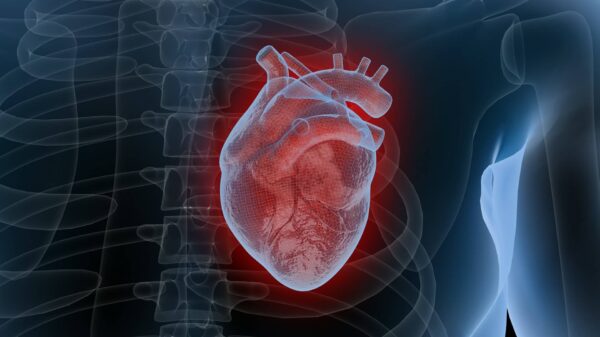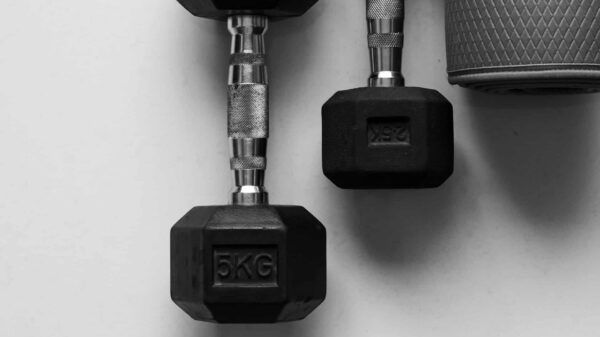Hip pain is a common concern for many individuals in their everyday lives. Whether it manifests as a sharp jolt while lifting a child or a persistent ache that hampers your weekend runs, hip discomfort can significantly affect your daily activities. Fortunately, understanding the underlying causes of your hip pain can lead to effective treatment and relief.
Understanding Your Hip Pain
The first step toward addressing your hip pain is to assess its nature. While it may seem daunting, distinguishing between different types of pain is crucial. Generally, hip pain can be divided into two main types: intra-articular pain, which originates from the hip joint, and extra-articular pain, stemming from nearby muscles, tendons, and bursae.
Common Causes of Hip Pain
**1. Hip Osteoarthritis**
Osteoarthritis is a widespread cause of hip pain. This degenerative joint condition results in stiffness and discomfort, especially noticeable when rising from a resting position. Symptoms typically include pain in the groin, side of the hip, or buttock area, mainly affecting those over 50 or those with a family history of hip problems. If everyday activities like bending or standing become increasingly challenging, it may be wise to consult a healthcare professional.
**2. Overuse Injuries**
Those who lead an active lifestyle might face overuse injuries such as gluteal tendinitis, iliopsoas tendinitis, or bursitis. These conditions often result from repetitive strain and may manifest as pain after sustained activity. Symptoms frequently worsen during or after exercise, particularly for athletes engaged in repetitive sports.
**3. Hip Impingement (Femoroacetabular Impingement)**
Hip impingement occurs when there is abnormal contact between the femur and hip socket, leading to sharp pain often accompanied by a clicking sound. This condition is more common among athletes in sports that necessitate considerable rotational movements, such as soccer or dance.
**4. Labral Tear**
A labral tear may occur as a result of impingement and can damage the cartilage lining the hip joint. Symptoms may include pain during twisting or squatting, especially prevalent among competitive athletes in high-impact sports.
### Strategies to Alleviate Hip Pain
Resting and modifying activities that trigger hip pain are among the most effective strategies for management. Consulting a licensed physical therapist is critical; they can conduct a thorough assessment to identify the underlying causes of your pain and recommend a personalized exercise program to facilitate recovery.
Since each case of hip pain is distinct, the therapist will create a tailored plan focusing on your specific needs. For example, conditions like tendinitis and impingement require targeted strengthening exercises.
### Stretches and Exercises for Recovery
Incorporating specialized stretches and exercises can markedly enhance your hip strength and flexibility. It’s essential to tailor any exercise regimen to align with your individual recovery objectives and condition.
1. Seated Glutes Stretch
– Sit with your back straight and feet flat on the ground.
– Cross your left ankle over your right knee.
– Gently press down on your left knee while leaning forward, ensuring your back remains straight.
– Introduce slight torso movement for a dynamic stretch.
– Hold for 30 seconds on each side, and repeat this for three sets.
2. Side-Lying Hip Abduction
This exercise helps to strengthen the hip muscles, enhancing stability and support.
1. Lie on your side with your lower leg bent and the upper leg straight.
2. Support your upper body on your elbow and engage your core.
3. Raise your top leg to around shoulder height without twisting your hips.
4. Lower the leg back to the starting position in a controlled manner.
5. Target three sets of ten repetitions for each side.
3. Controlled Articular Rotation (CAR)
Begin standing on one leg while lifting the opposite knee toward your chest. This movement improves flexibility and control within the hip joint.
Consistent practice of these suggested stretches and exercises can help alleviate hip pain while strengthening the surrounding muscles. Listen to your body: should any pain occur, consult your therapist for advice. Your path to relief begins with these foundational steps, leading to a more active and pain-free lifestyle.
Enhancing Balance and Flexibility Through Targeted Exercises
Integrating specific movements into your routine can greatly improve balance, flexibility, and overall mobility, particularly as daily life can stress our bodies. Below are effective exercises and stretches designed to bolster strength and enhance physical performance.
Leg Circles
The Leg Circle exercise is particularly beneficial for stability and coordination. Start by lifting your leg to hip height, then rotate it outward, sweeping it behind you before returning to the starting position. Each full cycle counts as one repetition. Aim for one set of five repetitions for each leg, ensuring to rotate in both clockwise and counterclockwise directions. This simple yet effective exercise can significantly impact your balance and mobility.
Important Reminder: Maintain awareness of your posture, avoiding an arch in your lower back during movements. If balance proves difficult, consider holding onto a chair or countertop for support. Remember, patience is key when developing balance skills!
Half-Kneeling Hip Flexor Stretch
Focus on the hip flexors, which commonly experience tightness due to prolonged sitting. From a half-kneeling position with your left foot forward, rest your hands on your hips and gently lean forward to stretch your left quadriceps and hip flexors. Hold for 30 seconds and aim for three sets. This stretch is especially valuable after extended periods of sitting, providing relief to tight muscles.
Banded Glute Bridge
The Banded Glute Bridge effectively targets the glutes. Begin by placing a mini resistance band just above your knees. Lie on your back with your knees bent and feet flat on the floor at hip-width apart, ensuring they can be easily reached back.
Engage your core by slightly tucking your tailbone. Squeeze your glutes and raise your hips toward the ceiling to form a bridge, maintaining this position for three to five seconds before lowering back to the ground. Aim for three sets of ten repetitions. This exercise not only engages the glutes but also stabilizes the hip area, crucial for overall strength.
When to Consult a Medical Professional
While exercising and stretching are beneficial, it is vital to be mindful of your body’s signals. If you experience new aches, particularly following intense workouts, or if actions such as climbing stairs become daunting, it may be prudent to seek a healthcare professional’s advice.
Key symptoms to watch for include numbness, tingling sensations traveling down your leg, feelings of instability, or a locking sensation in your hip. According to experts like Churchill, these signs necessitate professional evaluation.
While online resources for self-directed exercises can be appealing, many individuals risk worsening their conditions by attempting random routines found on social media. As Mayer suggests, since each body has unique needs, a personalized assessment is essential for addressing specific pain points effectively. This approach fosters safer and more successful recovery, enabling you to participate in activities you enjoy.
Conclusion
Prioritizing your well-being is essential. Being proactive about your physical health and seeking expert guidance when necessary can lead to better outcomes and a more fulfilling life. Through mindful attention and the right exercises, you can boost your balance and flexibility, making daily activities more enjoyable and helping you achieve your fitness aspirations.






